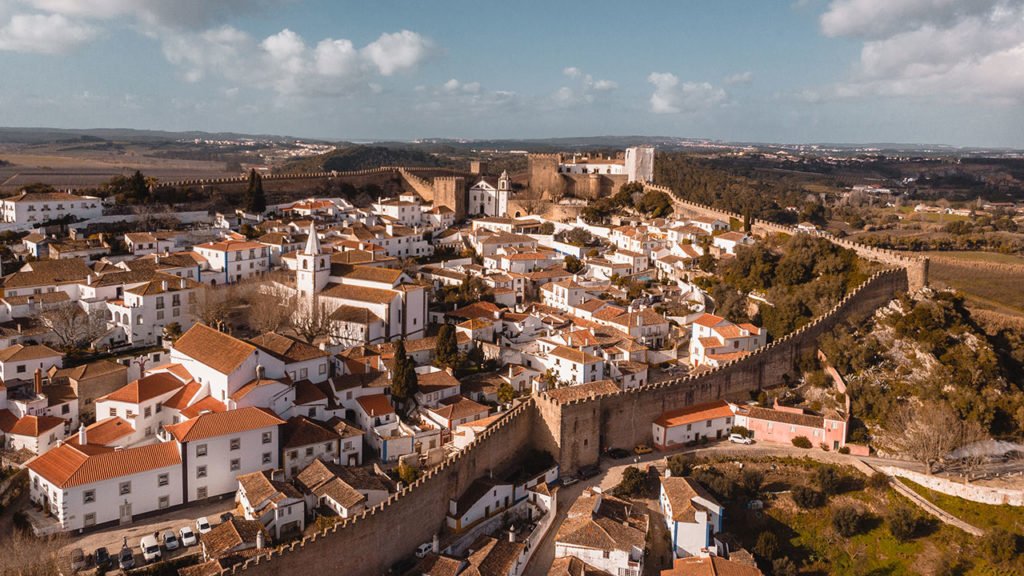Óbidos is one of those places that you fall in love with the moment you see it. Small enough that can forget about your car and walk around the romantic medieval centre and enjoy life.
Everything you need is there from amazing handmade local crafts to cherry liqueur and chocolate while you read a nice book that you bought in one of the truly amazing bookshops you find. And that’s probably why I see more and more people going there every year.
Cultural Significance
- UNESCO World Heritage: Óbidos has been included in the tentative list for UNESCO World Heritage status due to its historical and architectural significance.
- Literary Town: In recent years, Óbidos has been designated as a UNESCO Creative City of Literature, reflecting its commitment to promoting literature and the arts.
Early History
- Pre-Roman Era: The region where Óbidos is located was settled by the Celtic tribes and later became a part of the Roman Empire. Evidence of Roman occupation includes archaeological findings of structures and artifacts.
- Visigothic and Moorish Periods: After the fall of the Roman Empire, the area was occupied by the Visigoths and later the Moors, who fortified the town and left a significant cultural impact.
Medieval Era
- Christian Reconquest: Óbidos was taken from the Moors in 1148 by King Afonso I (Afonso Henriques) during the Christian Reconquest of Portugal. The town’s strategic importance grew due to its location and fortifications.
- Royal Patronage: In 1210, King Afonso II gifted Óbidos to Queen Urraca, marking the beginning of a tradition where the town was often given as a wedding gift to the queens of Portugal. This royal connection brought prosperity and many architectural enhancements.
- Expansion and Fortification: During the reign of King Dinis (1279-1325) and his wife, Queen Isabel, Óbidos was further developed. The medieval walls that encircle the town were reinforced, and the construction of many churches and public buildings took place.
Renaissance and Baroque Periods
- Economic Growth: In the 16th century, Óbidos flourished economically due to agriculture, trade, and the patronage of the Portuguese monarchy. The town became a center of culture and learning.
- Architectural Developments: The Renaissance and Baroque periods left a significant mark on Óbidos, with the construction of elegant buildings, churches, and public spaces. Notable examples include the Santa Maria Church and the São Pedro Church.
Modern Era
- Decline and Preservation: The town experienced economic decline in the 18th and 19th centuries as trade routes changed and urban centers grew. However, its historical significance was recognized, and efforts were made to preserve its medieval character.
- 20th Century to Present: Óbidos has become a popular tourist destination, known for its well-preserved medieval architecture, charming streets, and cultural festivals. The town hosts various events, such as the Óbidos International Chocolate Festival and the Óbidos Medieval Market, which attract visitors from around the world.
Things to do in Óbidos
We already touched on some of the highlights, like trying the amazing cherry liqueur, the delicious chocolate and visiting the great bookshops and local artists, but wait there’s even more.
1. Check out the Castle
The Óbidos Castle, a stunning example of medieval military architecture, dominates the town’s skyline. Built in the 12th century and later expanded, it features imposing stone walls, crenellated towers, and a large keep. Today, the castle houses a luxurious pousada (historic hotel), offering visitors the chance to stay within its historic walls and enjoy panoramic views of the surrounding landscape.
2. Walk around the City Walls
The well-preserved city walls of Óbidos encircle the town, offering a unique opportunity for visitors to walk along their ramparts. This elevated path provides breathtaking views of the town’s red-tiled roofs, narrow streets, and the surrounding countryside. The walk can be a bit challenging in places, but it’s an excellent way to appreciate the town’s medieval layout and fortifications.
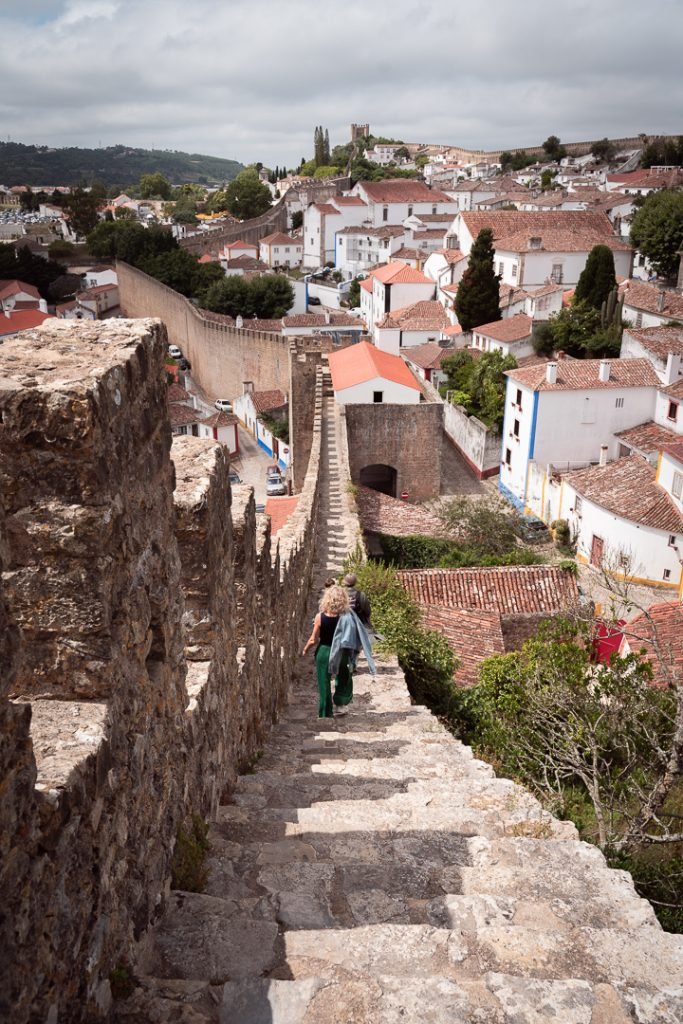
3. Take One of the Hiking Paths Near Óbidos
The area surrounding Óbidos is rich in natural beauty, with several hiking paths that wind through picturesque landscapes. Popular trails include routes through vineyards, orchards, and rolling hills. These paths offer a peaceful escape and the chance to experience the region’s flora and fauna. Hikers can enjoy the serene countryside and visit nearby villages, making for a pleasant day trip from the town.
4. Lose Yourself in the Streets of the City
Wandering the cobblestone streets of Óbidos is like stepping back in time. The town’s narrow alleys are lined with whitewashed houses adorned with vibrant bougainvillea, charming boutiques, and cozy cafés. Each corner reveals a new sight, whether it’s an ancient archway, a quaint courtyard, or a hidden chapel. This leisurely exploration allows visitors to soak in the town’s historic ambiance and discover its many hidden gems.
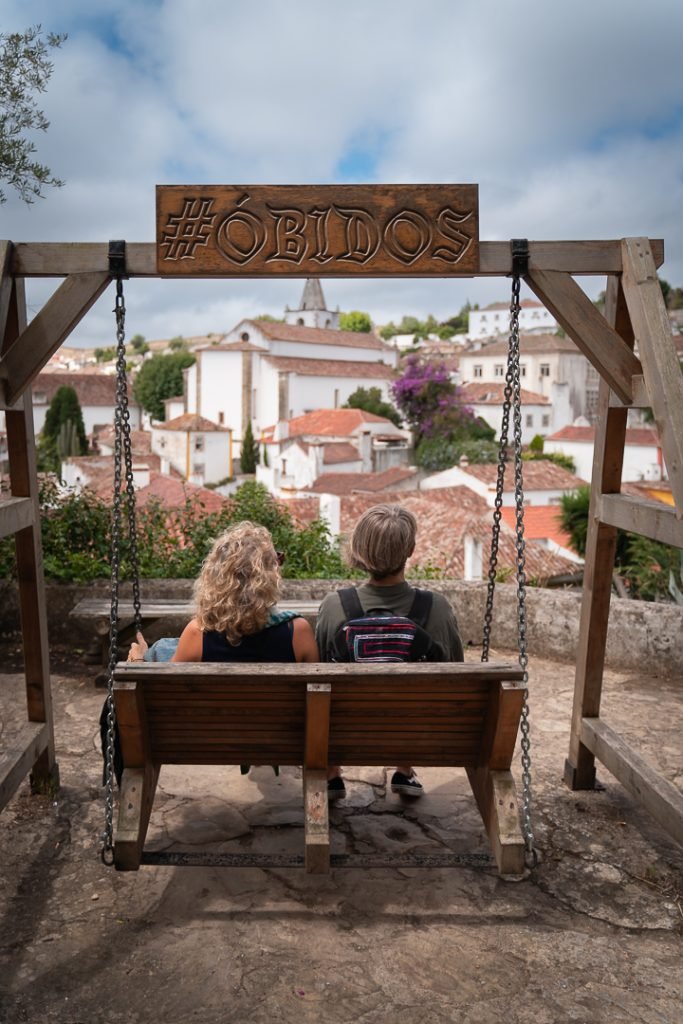
5. Visit the Church and Sanctuary of Óbidos
The Church of Santa Maria, located in the town square, is a must-visit. This beautiful church, dating back to the 12th century, features stunning Renaissance architecture, intricate azulejo (tile) work, and a richly decorated interior. It also houses notable artworks, including paintings by the renowned Portuguese painter Josefa de Óbidos. Nearby, the Sanctuary of the Lord Jesus of the Stone is another significant religious site, known for its unique hexagonal shape and Baroque design.
6. Admire the City Entrance with Its Tile Work
The main entrance to Óbidos, known as the Porta da Vila, is a striking feature of the town. This grand gateway is adorned with beautiful 18th-century azulejos (blue and white tiles) depicting scenes of the Passion of Christ. Above the gateway, a small chapel dedicated to Our Lady of Piety adds to the site’s charm. The intricate tile work and historic significance make this entrance a memorable starting point for exploring the town.
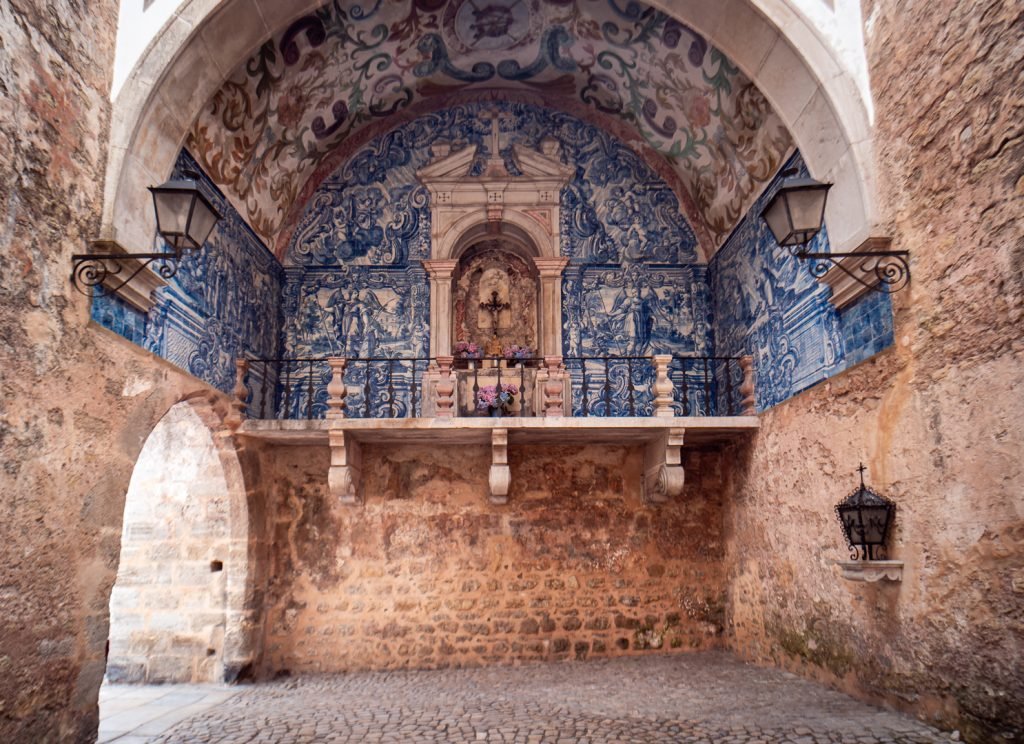
7. Óbidos Aqueduct
The Óbidos Aqueduct, built in the 16th century by Queen Catherine of Austria, is an impressive feat of engineering. This 3-kilometer-long structure was designed to bring water from the Usseira spring to the town, ensuring a reliable water supply. Visitors can admire the aqueduct’s elegant arches and follow its path through the picturesque countryside, reflecting the ingenuity and resourcefulness of the period.
8. Check out the Museum
The Municipal Museum of Óbidos, located in the old Town Hall building, offers a fascinating glimpse into the town’s history and culture. The museum’s collection includes religious art, historical artifacts, and exhibitions on local traditions. Highlights include paintings by Josefa de Óbidos and an array of ecclesiastical items. The museum provides valuable insights into the town’s rich heritage and artistic legacy.
9. Take a Short Trip to the Lagoon
The Óbidos Lagoon, just a short drive from the town, is a natural haven perfect for outdoor activities. This scenic lagoon is the largest saltwater lagoon in Portugal and offers opportunities for birdwatching, kayaking, windsurfing, and paddleboarding. The tranquil waters and surrounding landscapes make it an ideal spot for relaxation and exploration. There are also walking and cycling paths around the lagoon, providing stunning views and a chance to connect with nature.
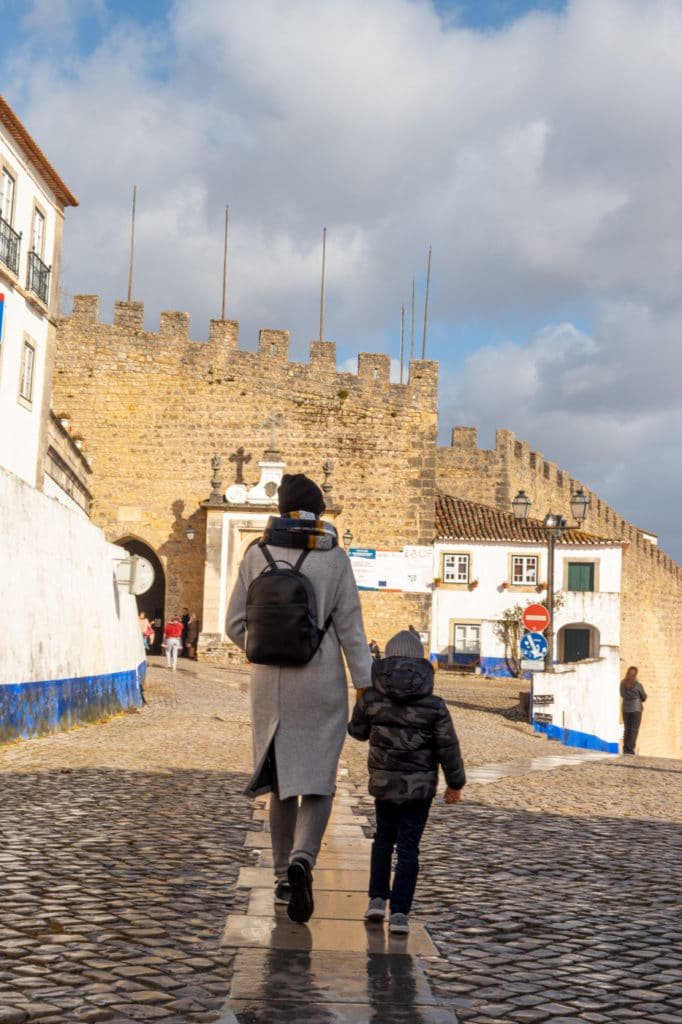
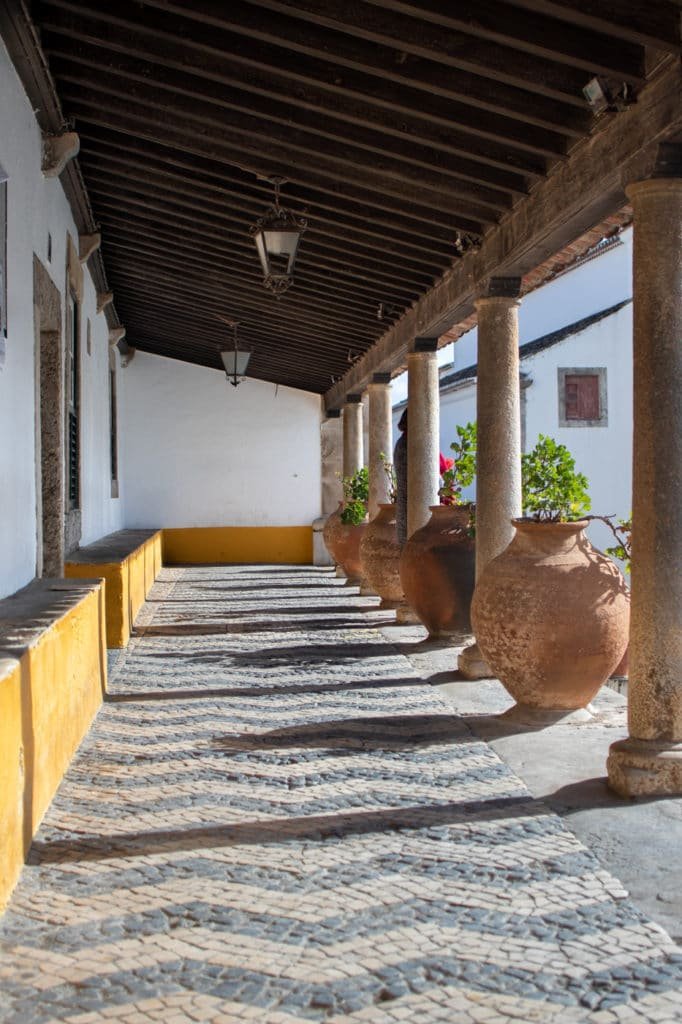
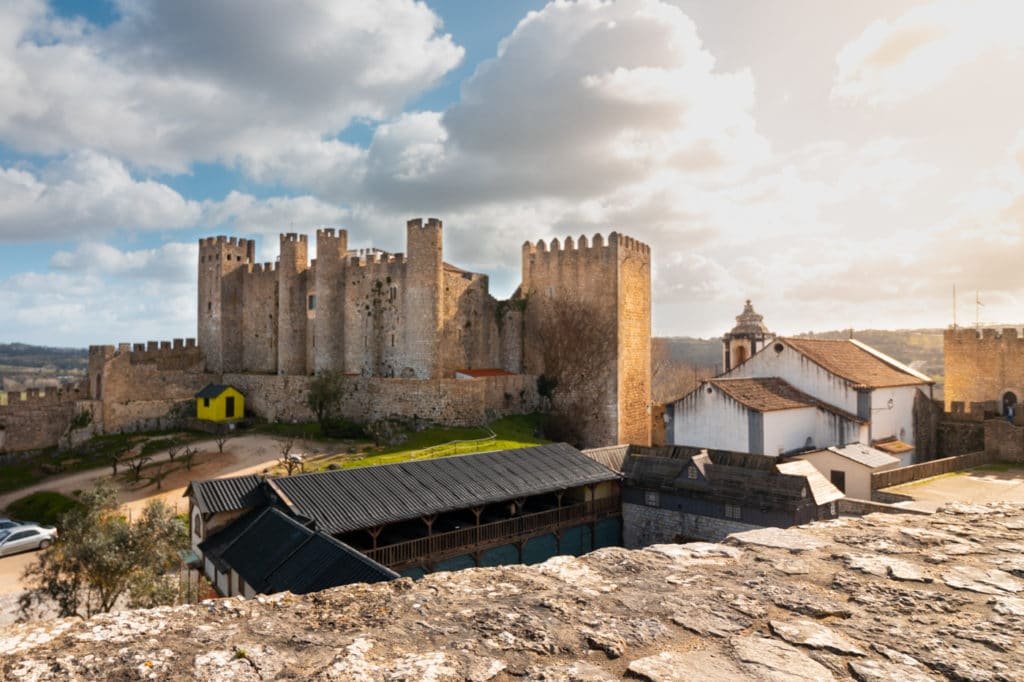
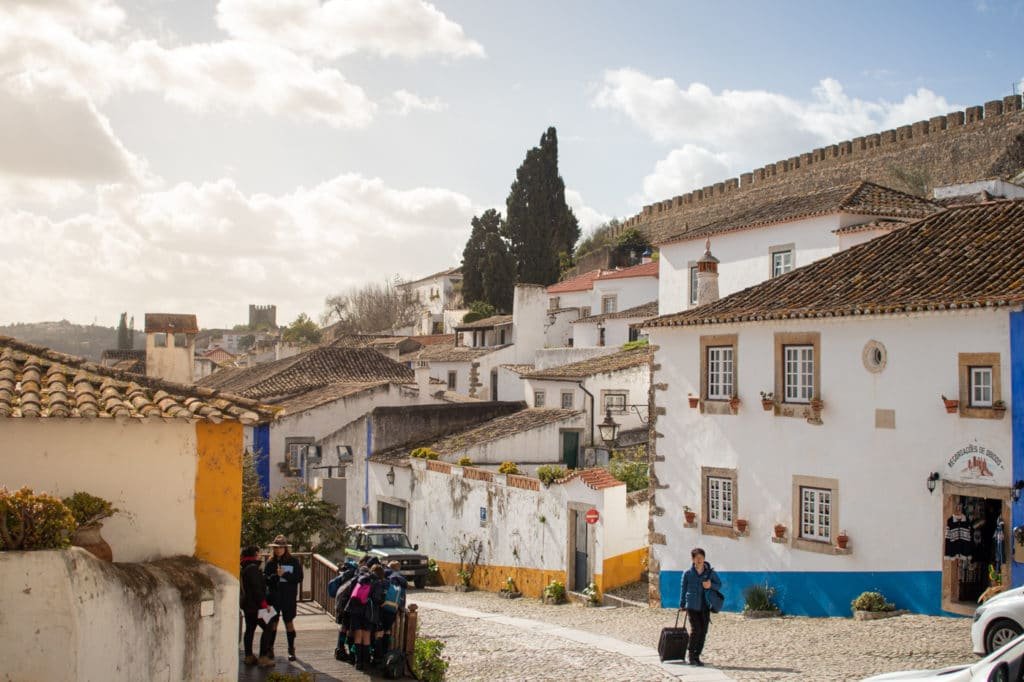
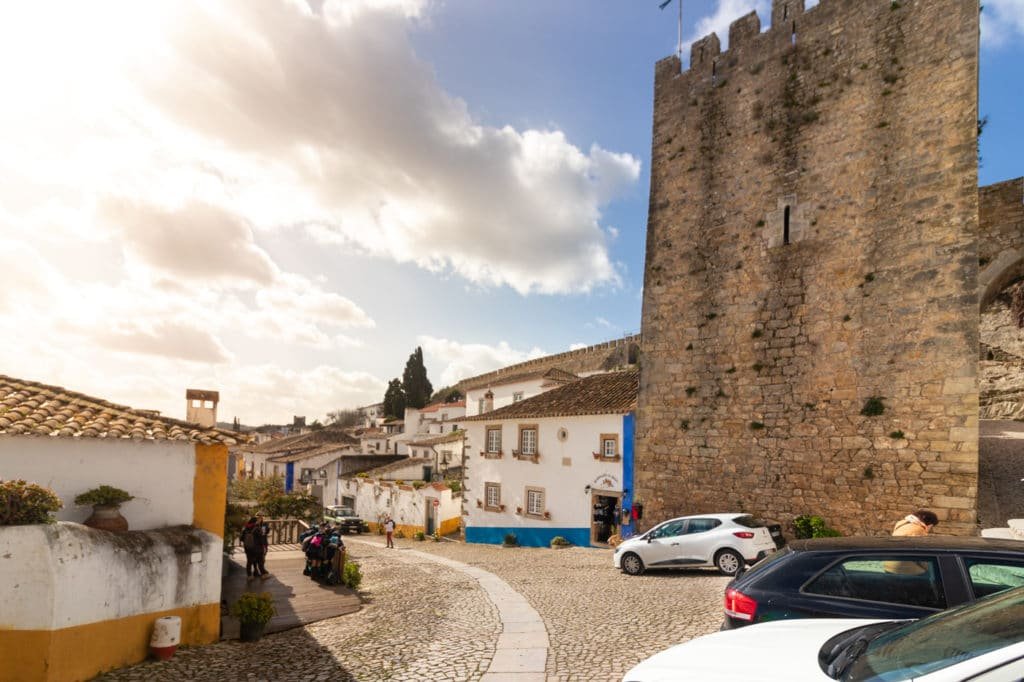
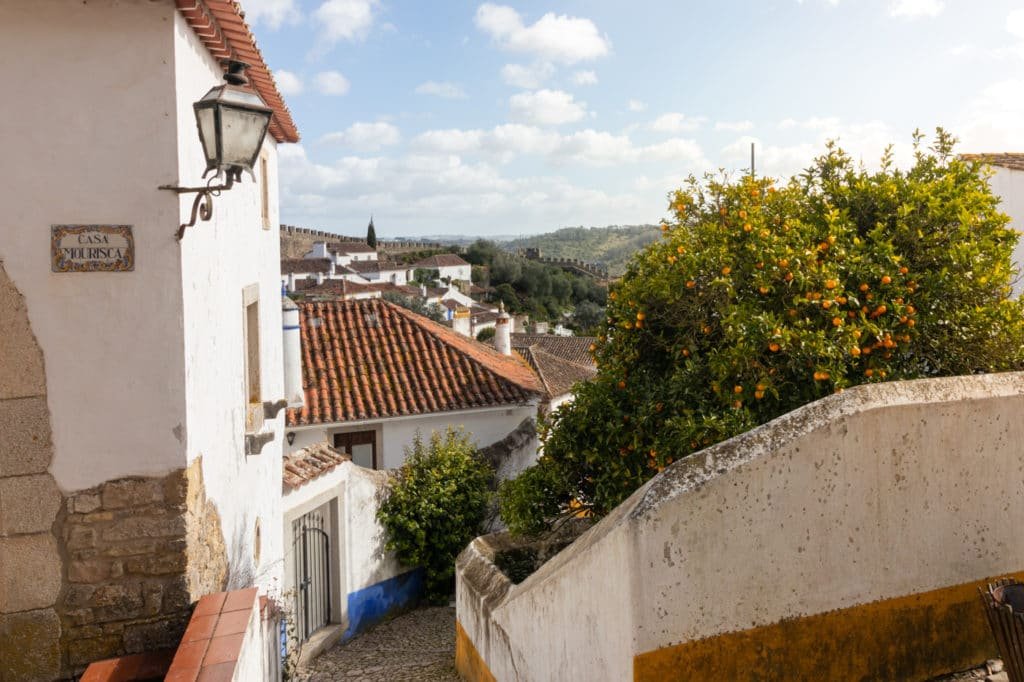
Bookshops in Óbidos
Ok, this deserves a highlight, first because we love books, I mean who doesn’t but more importantly because I find the bookshops to be super original and cool. I can just browse the books and loose track of time.
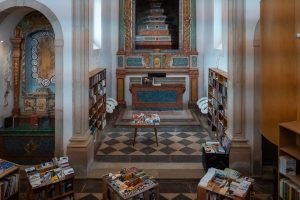
Óbidos cherry liqueur
Every time we visit Óbidos the first thing we do is look for a place to have a cherry liqueur cup. It’s served in a chocolate cup, and it has a similar taste to “Mon Cheri” only ten times better. We love it and we are not alone because this is quite popular for both Portuguese and foreigners alike.


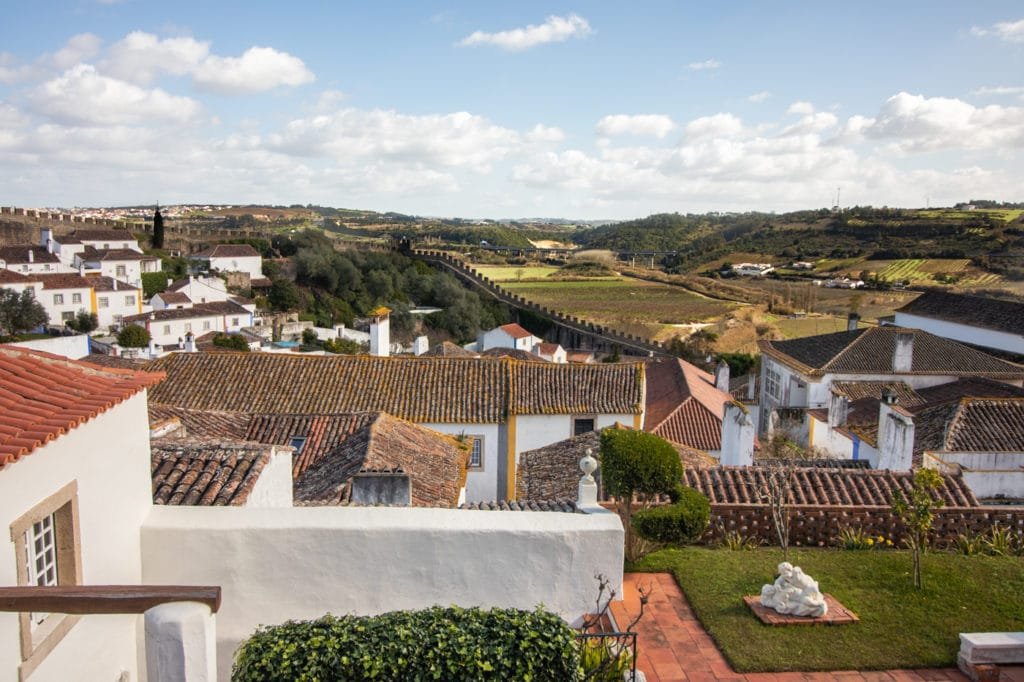
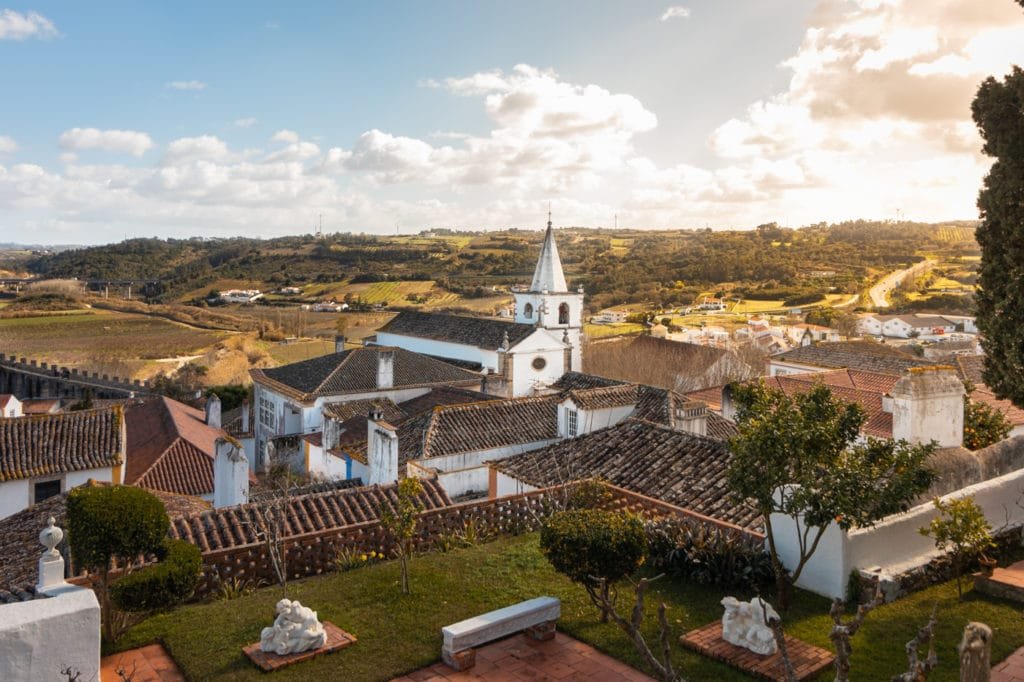
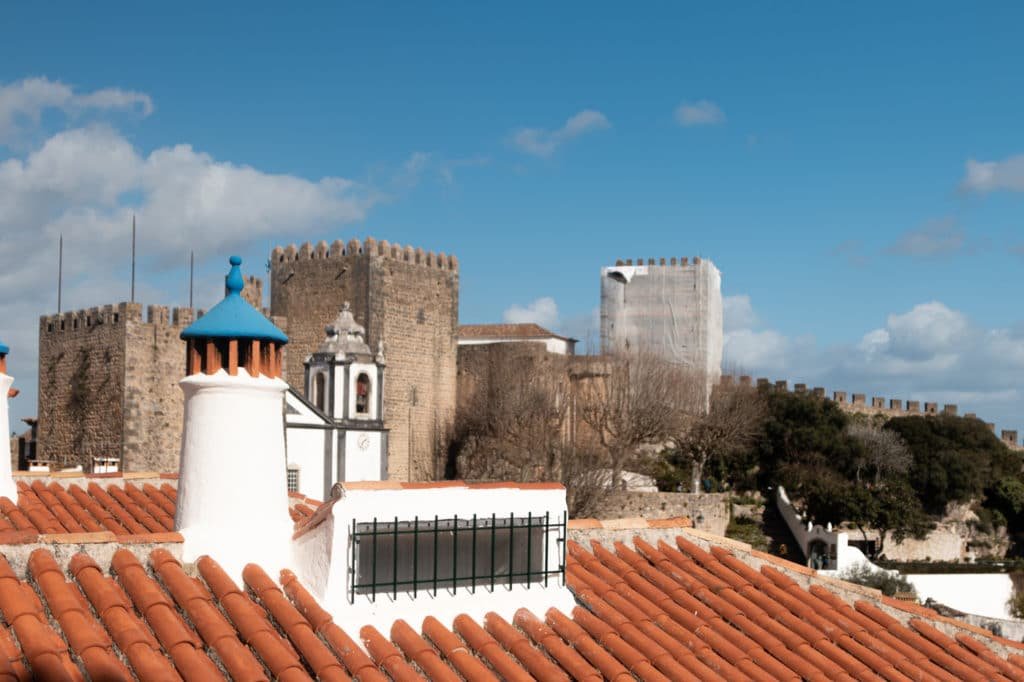
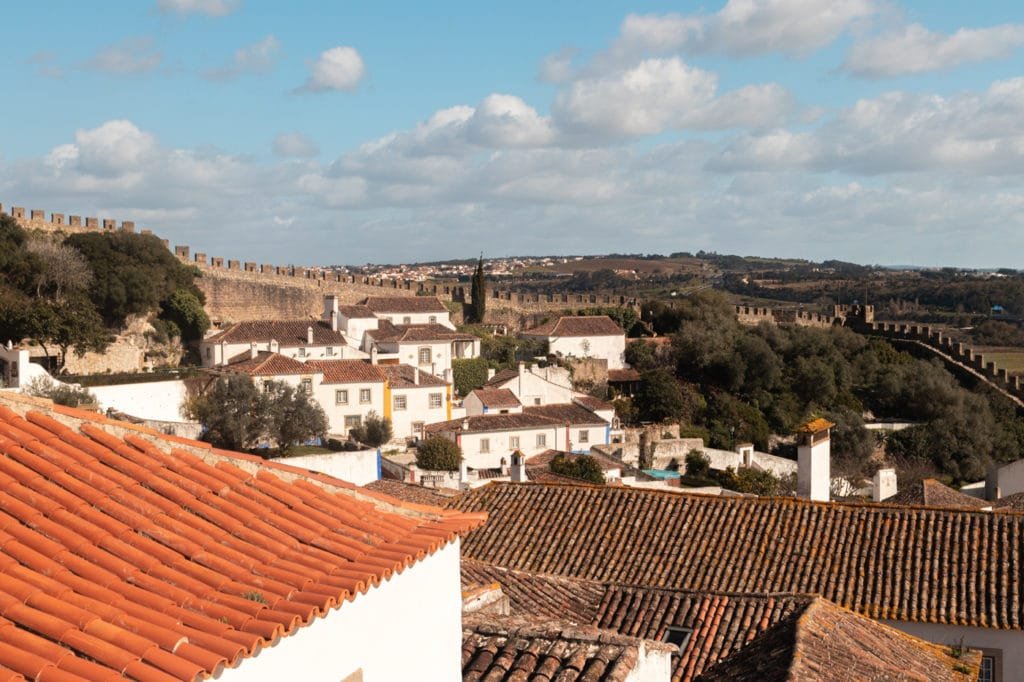
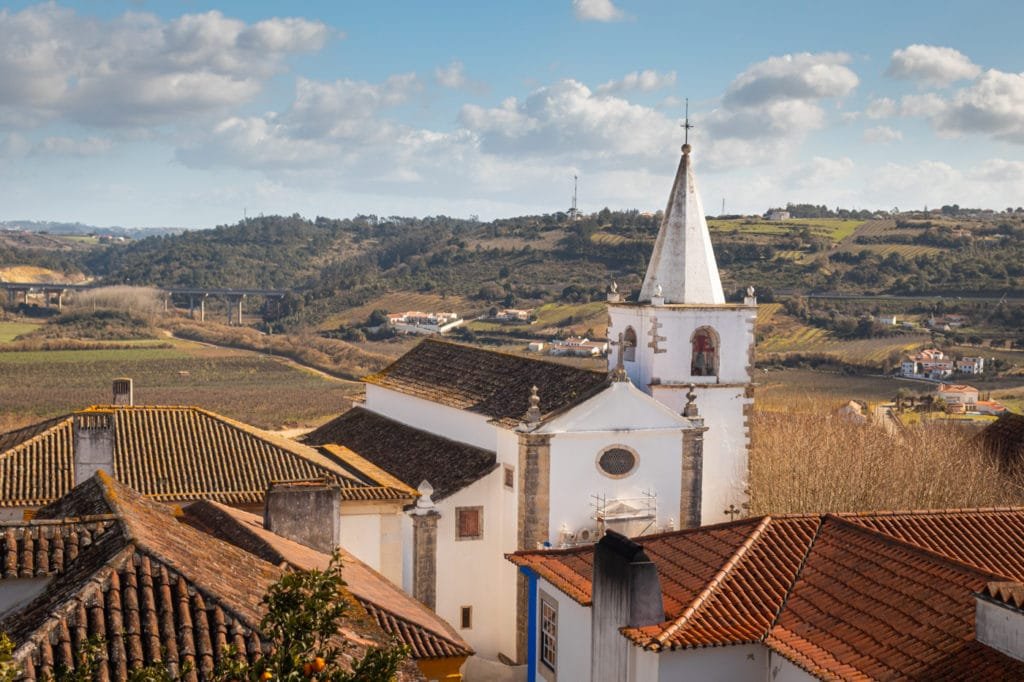
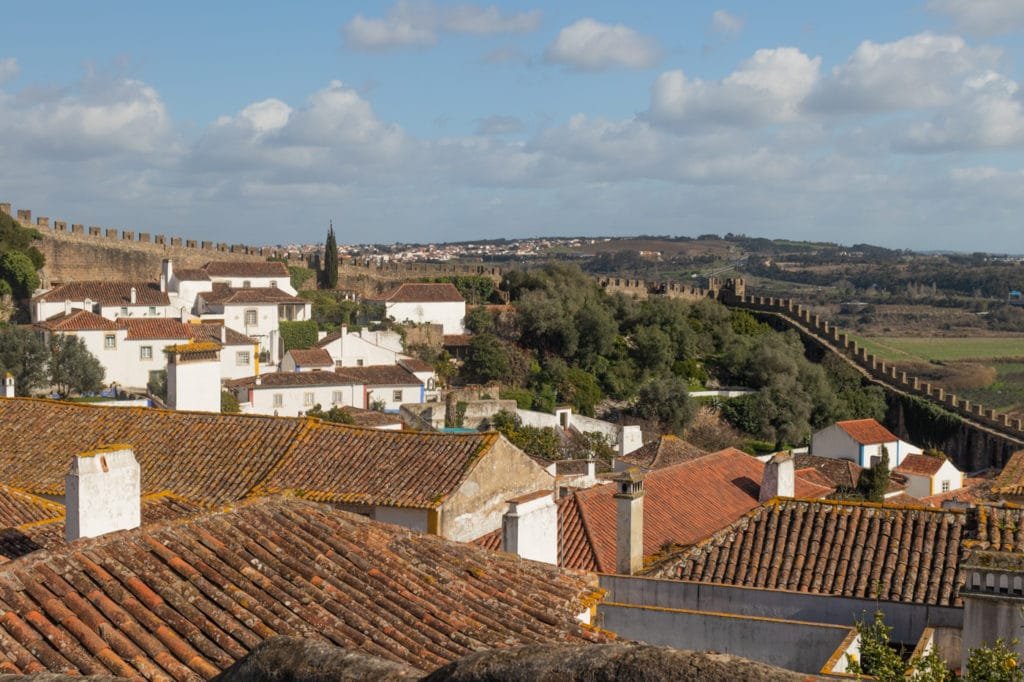
Óbidos castle
Aside from all the cool things that we mentioned the castle and it’s walls are probably the main reason we keep visiting. We love the views and how you can good around the entire city, this alone is worth the trip.
This year we did take our son and we had to be extra careful as it’s easy to just fall off a great height given the lack of any protection.
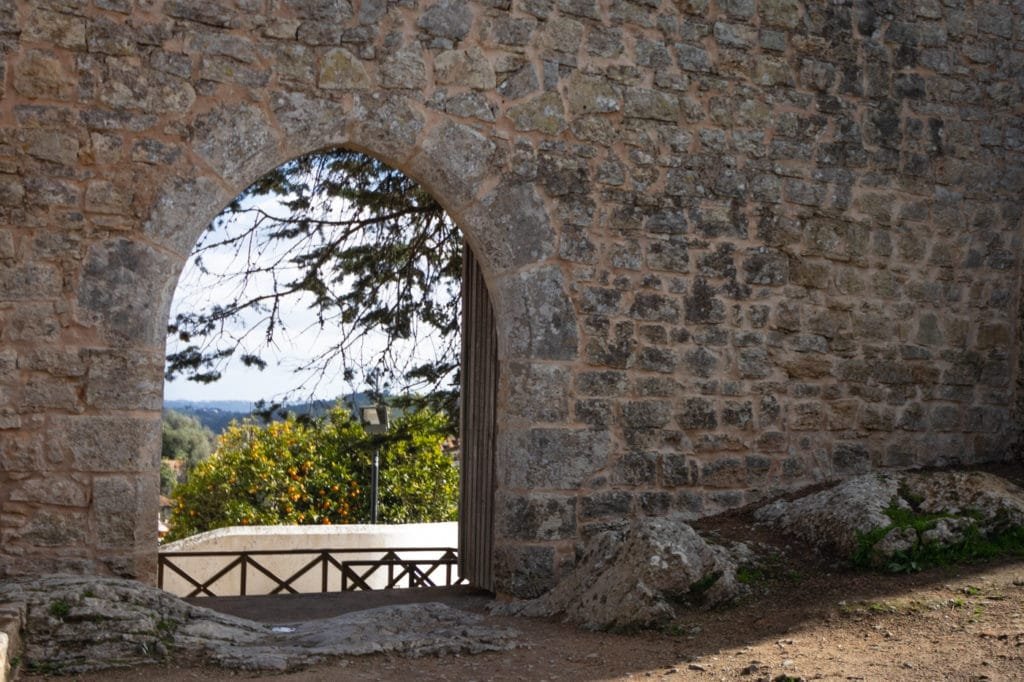
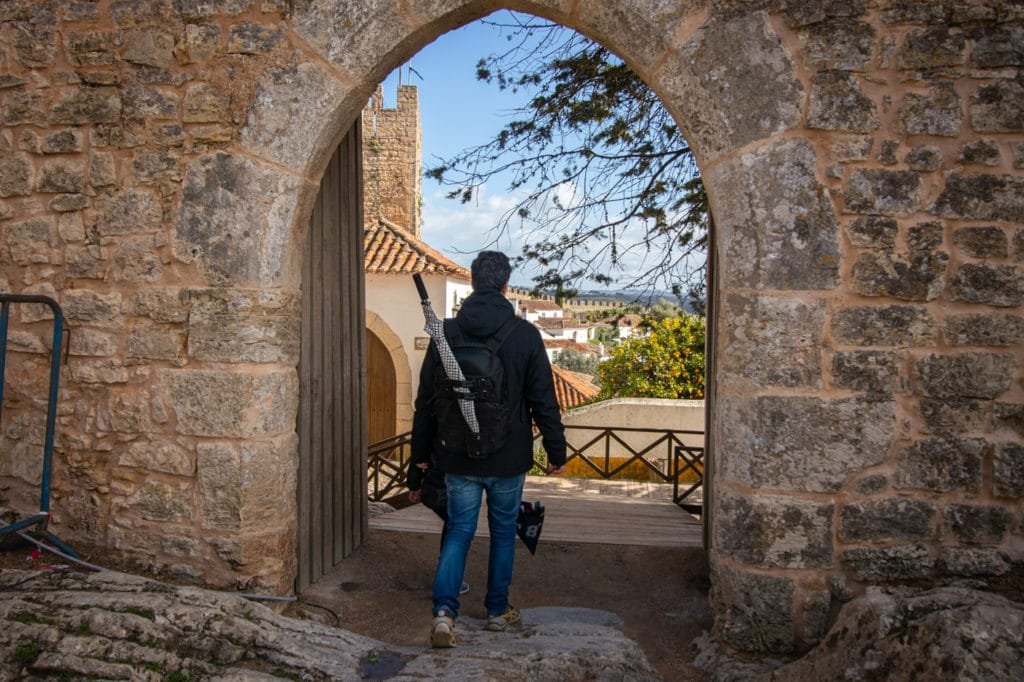
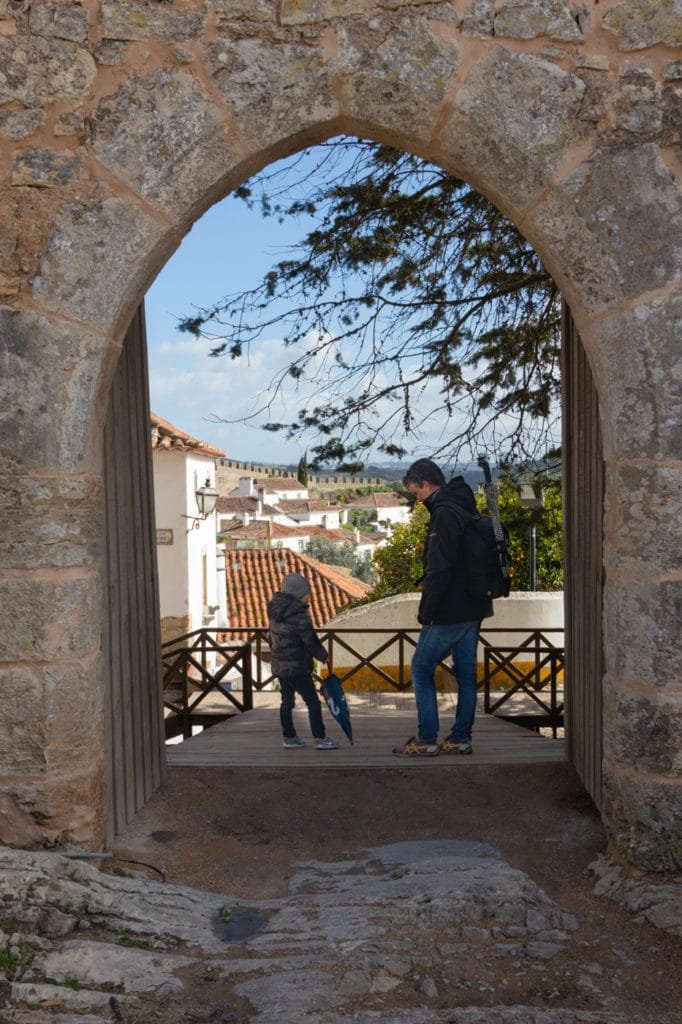
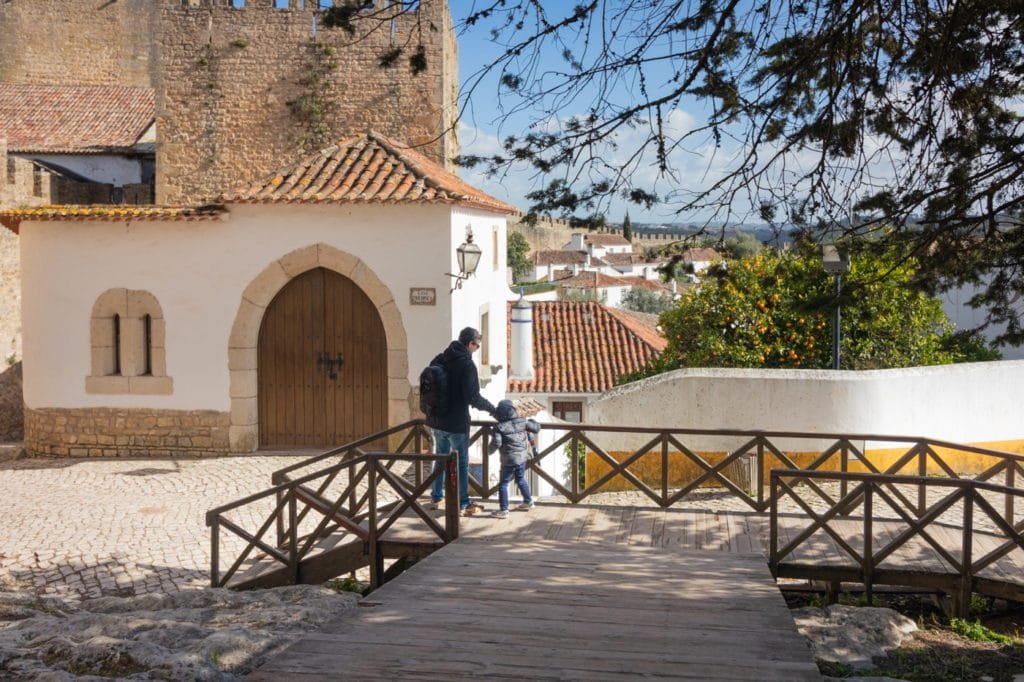
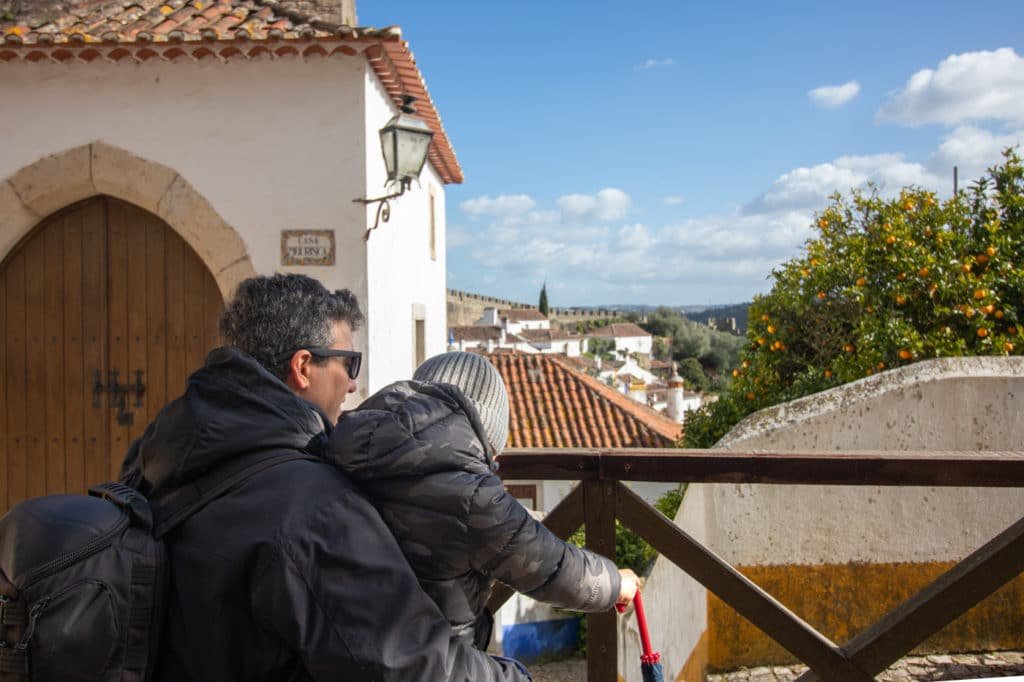
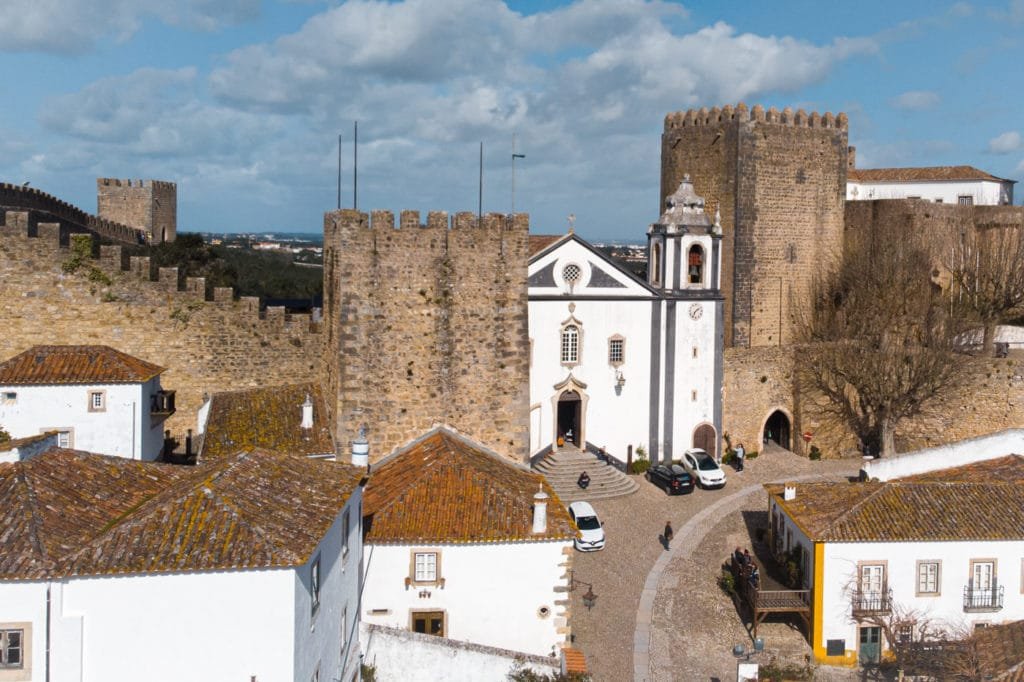
Óbidos from Lisbon
This is our usual trip as we have a house in Lisbon and it’s a perfect day trip. You can take a highway all the way to Óbidos and be there in less than one hour. Upon arrival, you will find some parking areas are paid but you can simply park a bit further in a free area and walk as it’s super close.
Hotels in Óbidos
You will find many options ranging from the exquisite Pousada if you want to stay in a 700-year-old castle and your budget allows to family-owned hotels in the centre. Have your pick.






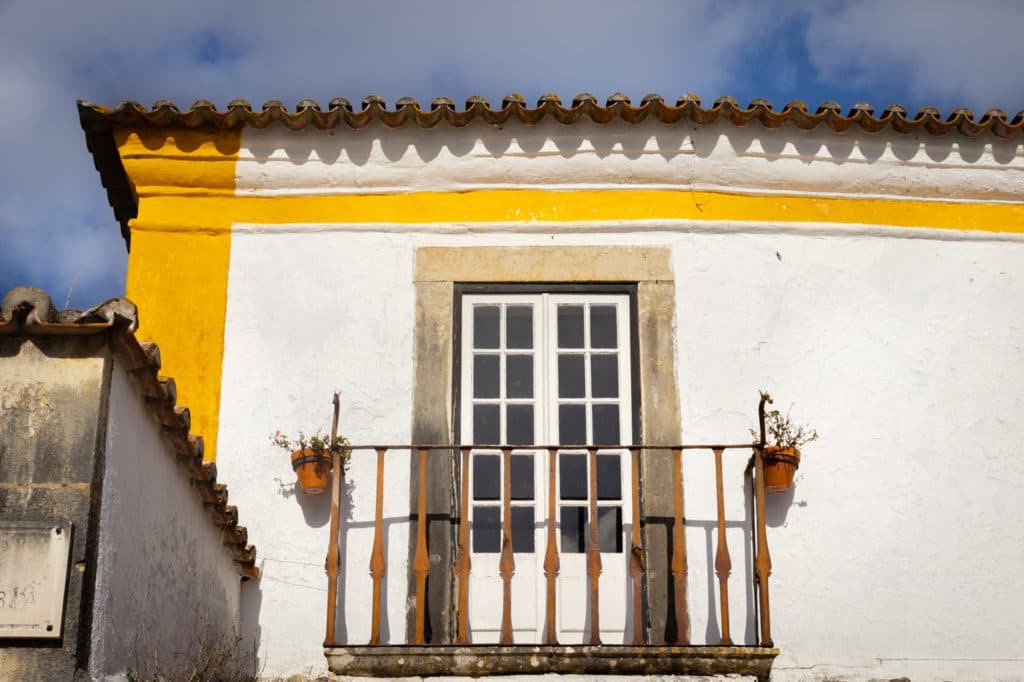
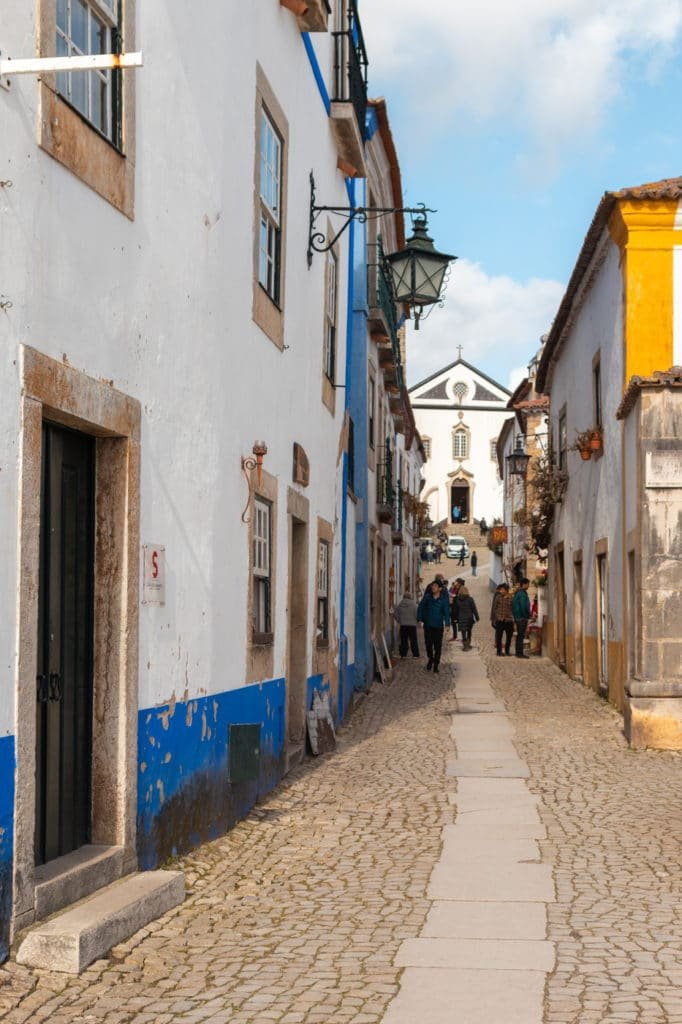
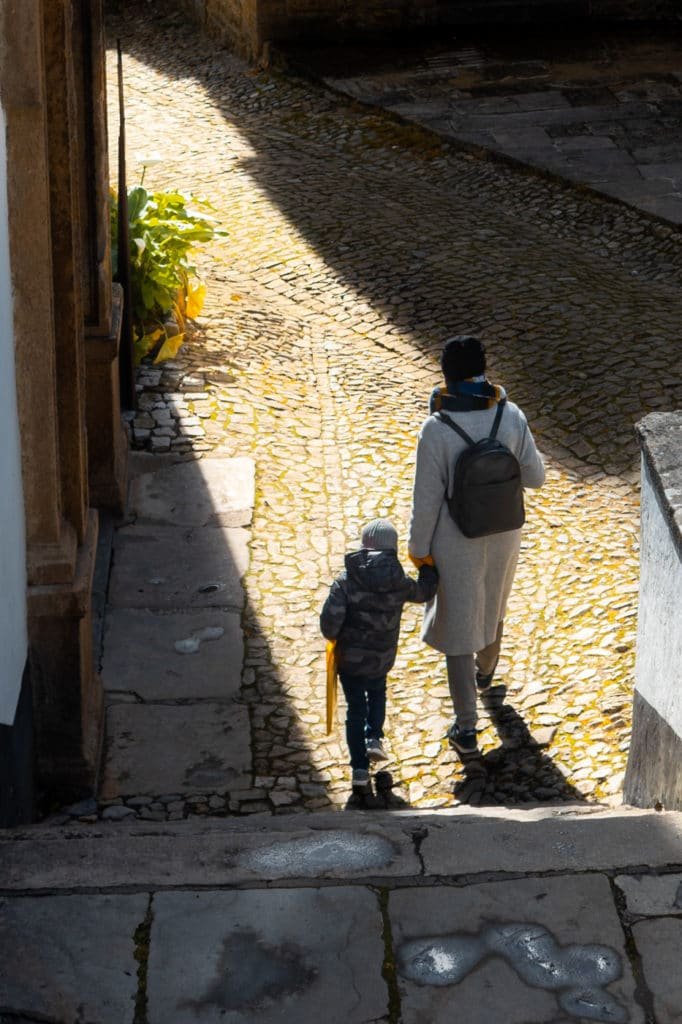
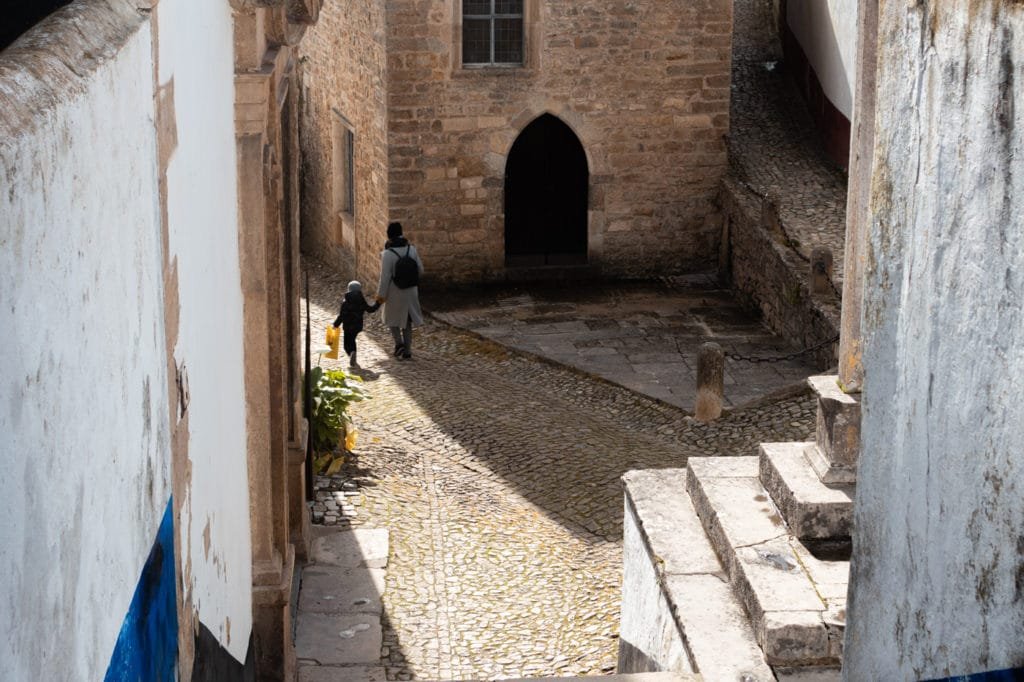
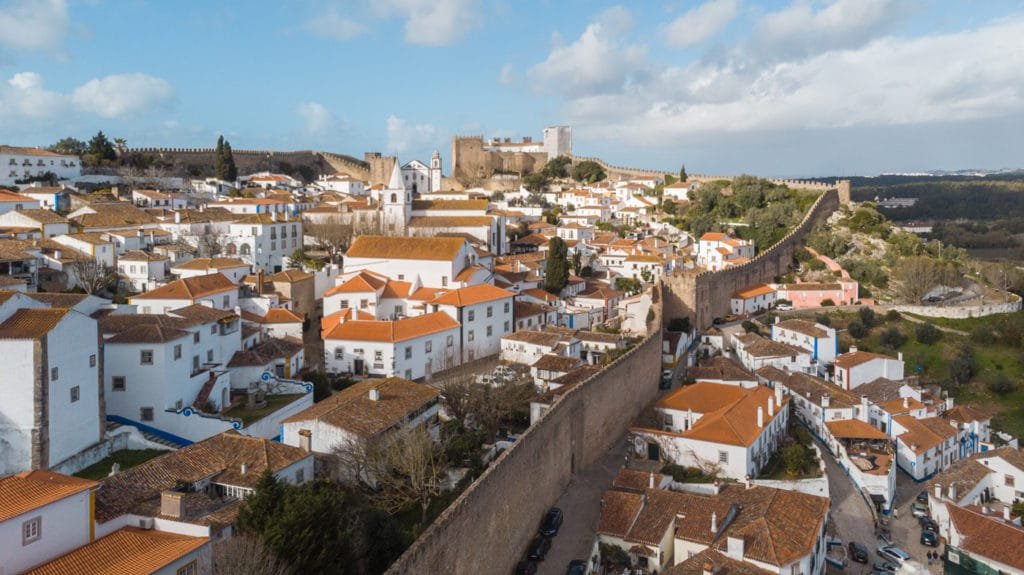

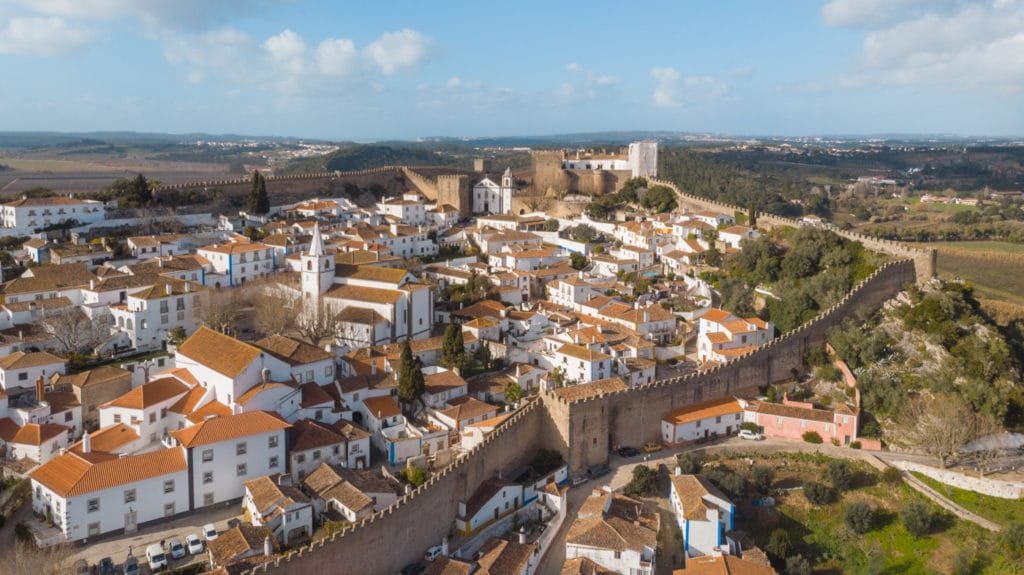
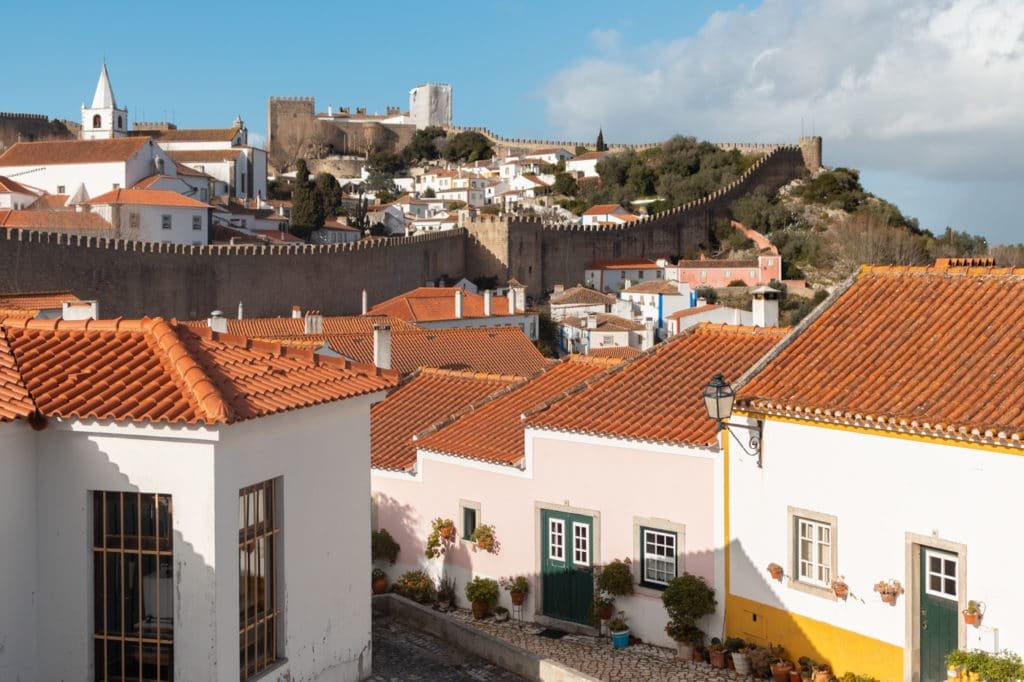
A Christmas village
From the end of November until early January Óbidos turns into a Christmas fantasy land. Quite famous, crowded and you do need a ticket usually around €5 but kids love it. Santa Claus makes an appearance of course as do the many helpers, and it seems like the village is turned into a life-sized Christmas crib. A must for families with young kids.
Chocolat festival
Don’t go if you’re on a diet of course. This is a proper international festival with famous chefs, large chocolate sculptures, demos and workshops. You can appreciate the creativity and detail that goes into these delicious pieces of art plus you get to taste some amazing combinations.
Usually from around 25 of Abril to May 5th, and if you plan on visiting be sure to book a place to stay early as the accommodations are quite limited in Óbidos.
